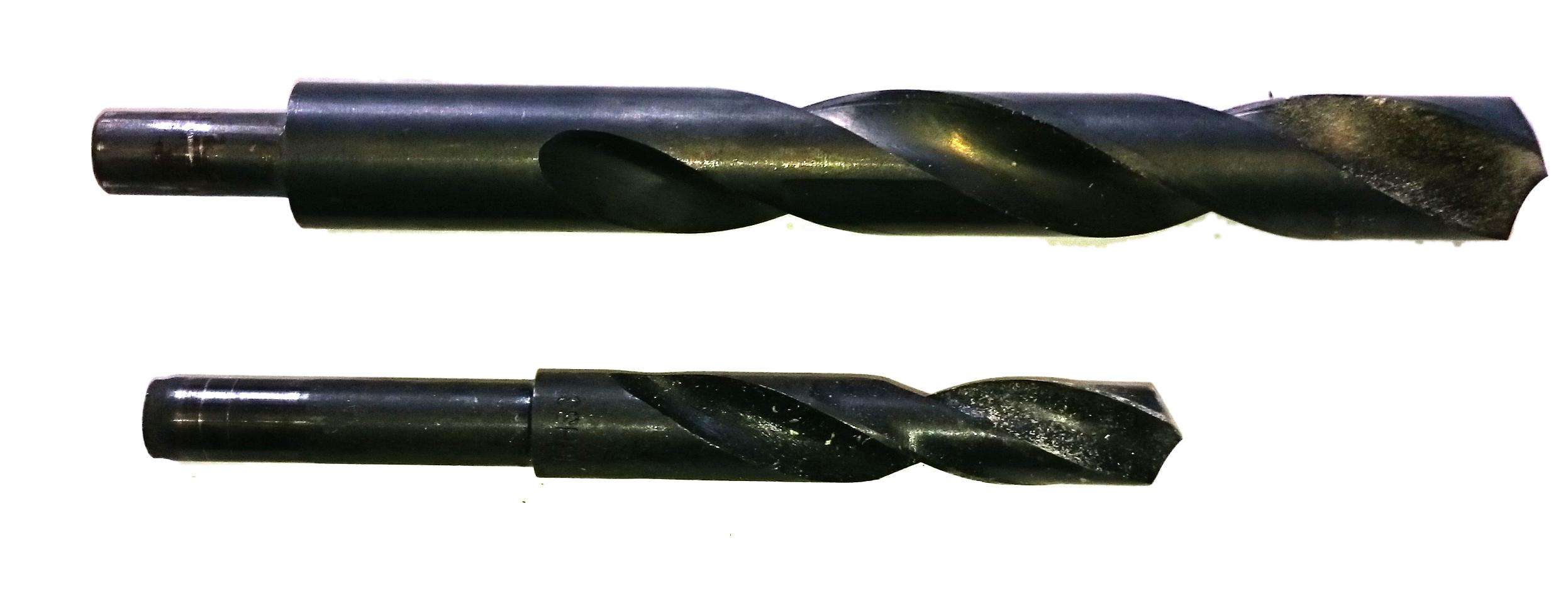Thats the maximum bit diameter. There are a couple of limits that are relevant: the outside of a large drill bit moves fast, so you may have to slow the drill down, but then it becomes less powerful and could stall. An optimised drill bit is assumed (e.g. using an HSS bit in wood is fine for many tasks, but at the large end it won't work). In practice you can often go a little bigger than they say with flat wood bits:

or hole saws if you're gentle.
For many applications it's possible to have a drill with a shank that's smaller than the cutting end, hence the chuck size is less of a limitation. For example step drills are used for drilling sheet material:
 This one has a shank of about 10mm and a maximum hole size of 26mm, mainly for metals.
This one has a shank of about 10mm and a maximum hole size of 26mm, mainly for metals.
Reduced shank drills (or blacksmith drills) are used for deeper holes, again mainly in metals. These are a 16mm and a 25mm, with 13mm shanks:



